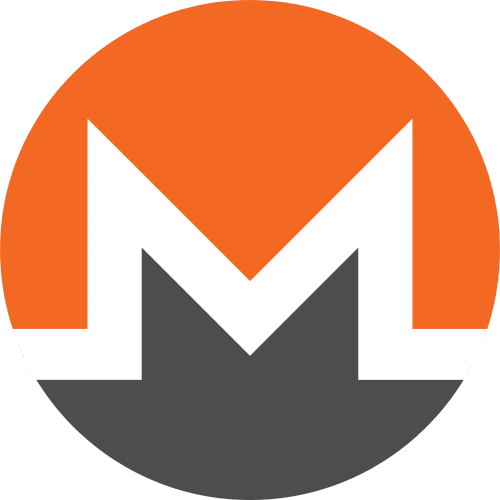What is Cuprate?
Cuprate is an alternative Monero node implementation built in Rust, designed to interact with the Monero blockchain. Unlike the official Monero software (monerod), Cuprate aims to provide a modular, efficient, and modern codebase for validating transactions, syncing the blockchain, and participating in the Monero network. It is still under active development and emphasizes security, performance, and compatibility with the Monero protocol.
Key Features
- Rust Implementation: Leverages Rust’s memory safety and concurrency features.
- Compatibility: Follows Monero’s consensus rules and P2P protocols.
- Lightweight: Designed to be resource-efficient for nodes and light clients.
- Modular Architecture: Components like blockchain parsing, networking, and cryptography are decoupled for flexibility.
Setting Up Cuprate
Prerequisites
-
Rust Toolchain: Cuprate requires Rust and Cargo (Rust’s package manager).
curl --proto '=https' --tlsv1.2 -sSf https://sh.rustup.rs/ | sh source "$HOME/.cargo/env" -
Dependencies:
- Git: To clone the repository.
- Build Tools:
cmake,clang, and system development libraries. - Libsodium: Cryptographic library (Monero dependency).
- Boost (optional): Required for some components.
On Ubuntu/Debian:
sudo apt install git cmake clang libsodium-dev pkg-config
Step-by-Step Setup
-
Clone the Repository:
git clone https://github.com/Cuprate/cuprate.git cd cuprate -
Install Rust Dependencies: Ensure the Rust toolchain is updated:
rustup update -
Build Cuprate: Compile the project using Cargo:
cargo build --releaseThis may take 10–30 minutes depending on your system.
-
Configure the Node:
- Create a
config.tomlfile in the project directory (or modify the example config). - Specify settings like:
data_dir: Path to store blockchain data.p2p_port: Port for peer-to-peer communication (default:18080).rpc_port: Port for RPC interactions (default:18081).network:mainnet,stagenet, ortestnet.
- Create a
-
Sync the Blockchain: Run the node to start syncing:
./target/release/cuprate-node --config config.toml- The node will connect to the Monero network and download/validate blocks.
- Initial sync may take hours/days depending on hardware and network speed.
-
Interact with the Node: Use RPC commands or integrate with wallets/explorers:
curl http://localhost:18081/json_rpc -d '{"jsonrpc":"2.0","id":"0","method":"get_info"}' -H 'Content-Type: application/json'
Troubleshooting
- Build Errors: Ensure dependencies (e.g.,
libsodium) are installed. Check Rust toolchain versions. - Sync Issues: Verify network settings and firewall rules. Monero nodes require open ports for P2P (
18080by default). - Database Corruption: Delete the blockchain data directory and resync.
Contributing to Cuprate
Cuprate is open-source and welcomes contributions:
- Report issues on GitHub.
- Submit pull requests for bug fixes or features.
- Join discussions on Monero/Cuprate community channels (Matrix, IRC, etc.).
Why Use Cuprate?
- Security: Rust’s memory safety reduces risks of vulnerabilities.
- Innovation: Enables experimentation with Monero’s protocol (e.g., light clients).
- Decentralization: Aims to diversify Monero’s node ecosystem, reducing reliance on a single implementation.
Final Notes
Cuprate is still experimental and not yet recommended for production use. Always test on stagenet or testnet first. For updates, follow the Cuprate GitHub repository and Monero community announcements.
Note: The term “cuprate” here refers to the Monero node, not the superconducting material. Always clarify context to avoid confusion!

